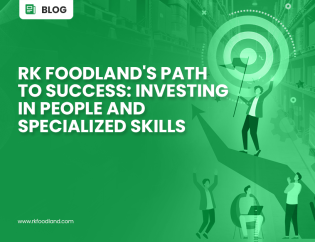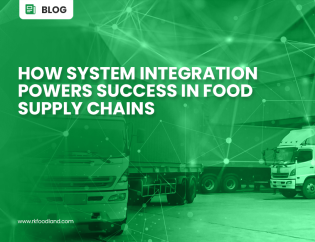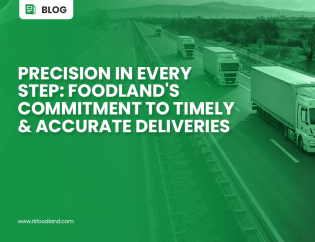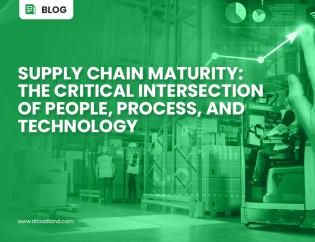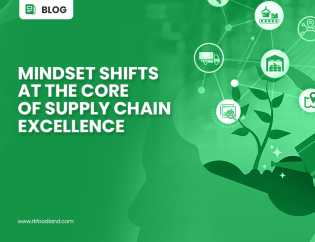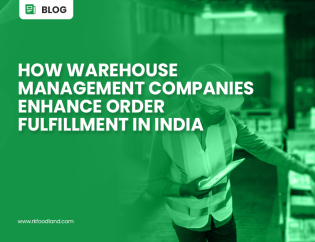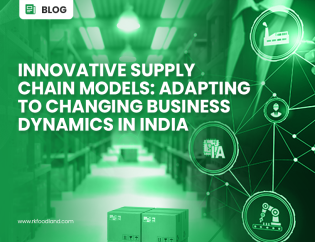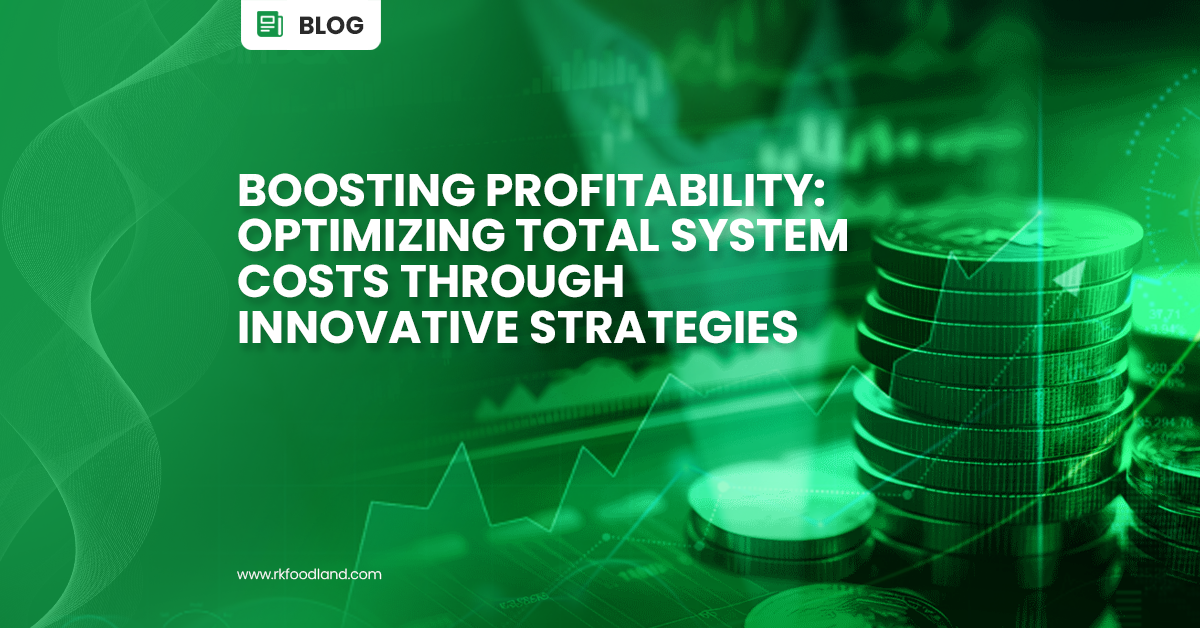
[Avg. Read Time = 3 mins]
In the bustling world of the food supply chain, a well-known adage resonates deeply: “It is not the big that eat the small; it is the fast that eat the slow.” This couldn’t be truer in the realms of food service and FMCG. In a sector where margins are thin, and competition fierce, a story unfolds about a small food service business. Once struggling to keep up, they learned the transformative power of optimizing total system costs. By rethinking their approach to supply chain management, they not only survived but thrived, becoming a leading QSR brand. This narrative underlines a pivotal theme in the food industry: success hinges not just on cost-cutting but on strategies to optimize the entire supply chain to deliver value at every level.
Integrating End-to-End Visibility for Enhanced Decision Making
Complete visibility across the supply chain is no longer a luxury but a necessity for food businesses aiming for profitability and sustenance. End-to-end visibility enables companies to monitor and manage every aspect of their supply chain in real-time, leading to informed and timely decision-making. Integrating advanced tracking systems in supply chains significantly enhances not just inventory accuracy, but also visibility and traceability throughout the entire process. This technological leap allows for up to a 25% reduction in inventory errors, fostering a more transparent and traceable supply chain. This visibility is not just about tracking products; it’s about gaining insights into every process, from procurement to customer delivery. It helps identify bottlenecks, streamline operations, and optimize resource allocation. By having a bird’s eye view of the entire process, businesses can anticipate problems, adapt strategies promptly, and make decisions that add value, not just cut costs.
Adopting Agile Supply Chain Practices for Market Responsiveness
Agility in the supply chain is about swiftly responding to market changes and customer demands. It is about the ability to pivot quickly in the face of disruptions or opportunities. This agility can be achieved through practices like just-in-time inventory, which reduces holding costs and ensures fresh product availability. A report by McKinsey highlights that companies adopting agile practices have seen a 30-50% reduction in inventory holding costs. Moreover, agile supply chains facilitate better collaboration with partners, leading to more efficient and effective responses to market dynamics. This approach moves beyond cost-cutting, focusing on creating a supply chain that is resilient, responsive, and customer-centric, thereby adding intrinsic value to the business.
Enhancing Supplier Relationships for Cost Optimization
The relationship with suppliers goes beyond mere transactions; it’s about building partnerships that foster mutual growth and efficiency. Strong supplier relationships lead to more than just cost savings; they create a foundation for innovation and quality improvement. Collaborative relationships can lead to a 10-15% reduction in total procurement costs, as per a study by CAPS Research. By working closely with suppliers, businesses can co-develop solutions, share risks, and optimize the supply chain for both parties. This collaboration leads to a more stable supply chain, better quality products, and ultimately, customer satisfaction. It’s a strategy that places value creation at the forefront, ensuring that every link in the supply chain contributes to the overall success of the business.
The transition from a cost-first to a value-centric approach in the food supply chain is not just a trend but a strategic imperative for sustainable growth. It’s about understanding that every decision has a ripple effect on the entire value chain. By focusing on end-to-end visibility, agility, and strong supplier relationships, businesses can create a supply chain that is not only cost-effective but also resilient, responsive, and aligned with the evolving market and consumer needs. This holistic approach ensures long-term profitability and positions food businesses as leaders in a competitive landscape. If you are looking to optimize your business costs and stay ahead of the competition, then it is time to gain a fresh perspective on cost management.
Connect with our expert team today and let us show you how Total System Cost can revolutionize your supply chain practices for growth and sustainability.
Related Content | Foodland’s Resources
How To Measure Supply Chain Performance
Understanding Your Supply Chain Total Cost to Serve
Collaborative relationships built on value — not cost


